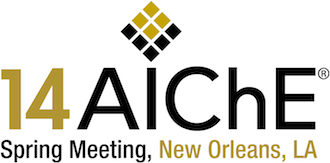

The primary purpose of a flare model is to provide a reasonably accurate prediction of radiant heat flux at any point of interest around the flame, in order to define safe release locations. In order to do this, a good flare model needs to provide reasonably accurate prediction of the following critical flame parameters: flame length, flame tilt, flame lift-off and radiant heat fraction including the impact of wind and release orientation on these parameters. In addition, in order to make a good prediction of heat flux at a point of interest, the model needs to distribute the radiant heat along the flame and include the transmissivity of the ambient air.
Industry standard models for vertical flares include Chamberlain, API 521 and Brzustowski & Sommer. These models were originally developed based primarily on hydrocarbon data. Several commercially available consequence models allow the use of the these models for all flammable materials and due to the lack of other options, these models are often applied to hydrogen, syngas and other materials that are well outside the intended scope of these models. A review has been performed to evaluate applicability of these models and other available models, to hydrogen and syngas, including comparison with limited published data. As a result of this review, a number of significant concerns have been identified. This has led to initiation of a new test programs to collect data specifically for hydrogen and syngas and development of new models.
Copyright © American Institute of Chemical Engineers. All rights reserved.
